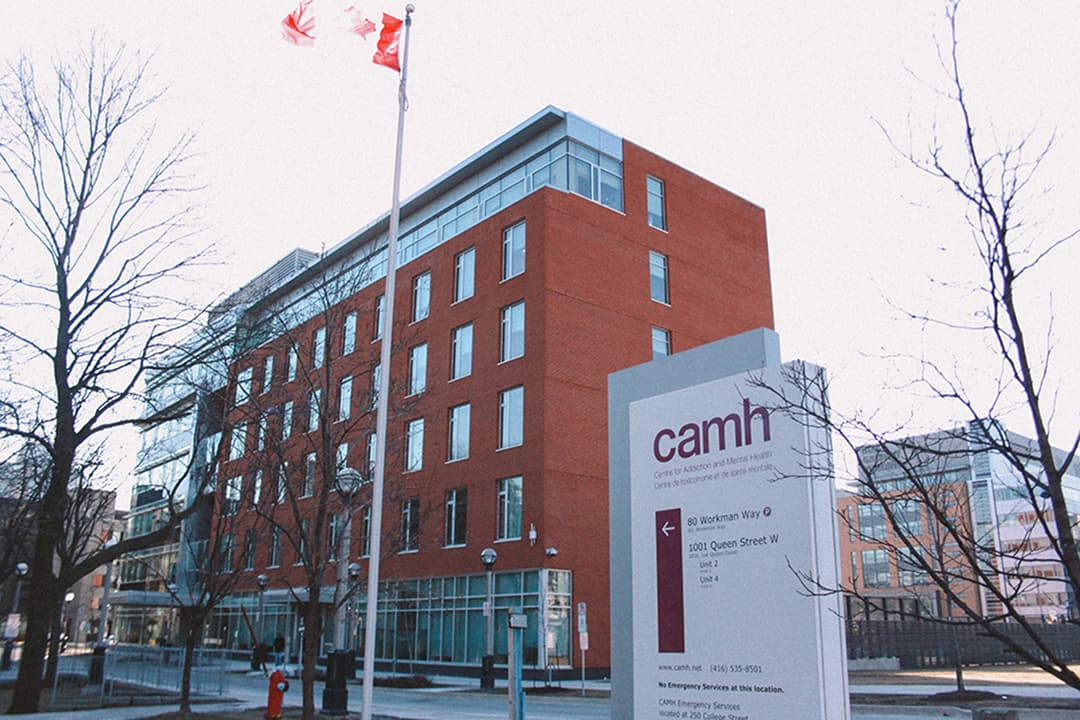Imagine running a marathon. Now, imagine running a marathon while carrying a backpack full of rocks. How much more difficult would it be to run? What if you had to jump over hurdles as well? Would you still be able to make it to the finish line?
Similarly, inequitable health care can make it much more difficult and sometimes impossible for disadvantaged groups to access the care that they need. This is where the Health Equity Impact Assessment (HEIA) tool comes into play. HEIA is a decision-making framework designed to assess the impacts of public health policy on marginalized and vulnerable groups.
In an interview with The Varsity, Dr. Branka Agic, Director of Knowledge Exchange at the Centre for Addiction and Mental Health (CAMH) and author of a recent review of the HEIA, provided an overview of how this tool is designed to reduce health care inequities.
In an article she published, Agic defined health inequity as “systematic, unfair and avoidable differences in health… between population groups deeply rooted in social determinants of health.”
The barriers to mental health care
Income, social status, employment, culture, education, gender, and sexual orientation are all examples of factors that can create barriers to accessing effective mental health care.
For example, in Ontario, members of the LGBTQ+ community experience higher rates of both depression and anxiety. Women in Ontario are also two times more likely to experience depression than men. Additionally, residents of lower-income neighbourhoods in Ontario report increased rates of depression in comparison to higher-income neighbourhoods.
Unfortunately, researchers have documented that despite increasing need for mental health services in disadvantaged groups, the service of care tends to decrease. This is a factor that causes mental health inequity.
How HEIA could lower barriers to health care
Agic described the HEIA as a framework for the development of effective policies to help mitigate or resolve health care challenges facing different communities. A working group composed of several important stakeholders developed the first HEIA with the Ministry of Health in 2011. In 2012, the tool was updated to incorporate feedback from more relevant parties.
As for how the HEIA works, the tool itself is set up to look like a spreadsheet, and plots out five steps for planners to take: identification of populations and causes of health inequity; consideration of unintended potential impacts; mitigation of potential negative impacts; monitoring of mitigation efforts; and dissemination of results.
Next steps for HEIA
While each step is vital for ensuring the successful implementation of the tool, the fifth step — dissemination — is especially important, because it allows developers to continue improving on the tool.
The types of evidence and information inputted into the HEIA are experiential in nature. What this means is that the tool’s impact assessment depends heavily on the experiences of both patient and practitioner, because health care is meant to serve everyone who needs it.
As a result, Agic cited feedback as integral to help the tool become more effective. There are many online platforms to support the community around the HEIA.
Mental health care itself is an ever-evolving conversation, and the HEIA is one evolving tool that could guide it toward a positive direction.


